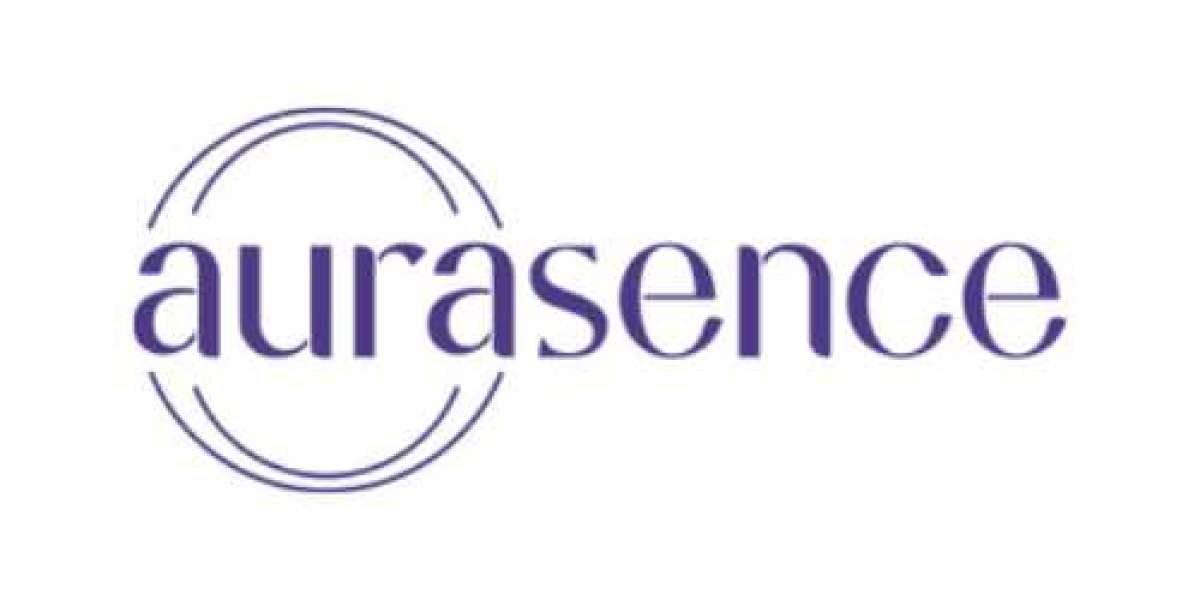In the digital age, the beauty industry has undergone a significant transformation, with the advent of online shopping revolutionizing the way consumers access and purchase beauty products. The convenience of browsing through a vast array of skincare, haircare, and makeup items from the comfort of one's home has made online beauty shopping an increasingly popular choice. This shift has not only expanded consumer access to a wider range of products but has also introduced new dynamics in terms of product discovery, personalized recommendations, and customer engagement.
The Evolution of Online Beauty Retail
The journey of beauty products from brick-and-mortar stores to online platforms has been marked by rapid technological advancements and changing consumer behaviors. Initially, beauty enthusiasts relied heavily on in-store experiences to test and purchase products. However, the rise of e-commerce platforms has democratized access to beauty products, allowing consumers from various geographies to explore and purchase items that were previously inaccessible. This evolution has been further accelerated by the integration of augmented reality (AR) technologies, enabling virtual try-ons and enhancing the online shopping experience.
Advantages of Purchasing Beauty Products Online
One of the primary benefits of buying beauty products online is the unparalleled convenience it offers. Consumers can shop at any time, without the constraints of store hours or geographical limitations. Online platforms often provide detailed product descriptions, ingredient lists, and customer reviews, empowering consumers to make informed decisions. Additionally, the availability of exclusive online deals, subscription services, and personalized recommendations enhances the overall shopping experience. The ability to compare prices and products across multiple brands and retailers also ensures that consumers can find the best value for their money.
Navigating the Challenges of Online Beauty Shopping
Despite its numerous advantages, online beauty shopping is not without challenges. One of the most significant concerns is the inability to physically test products before purchase, which can lead to dissatisfaction if the product does not meet expectations. To mitigate this, many online retailers offer sample sizes, generous return policies, and virtual consultation services. Another challenge is the prevalence of counterfeit products on certain platforms. Consumers must exercise caution by purchasing from reputable retailers and verifying product authenticity through reviews and certifications.
The Role of Social Media and Influencers
Social media platforms have become powerful tools in shaping consumer perceptions and driving online beauty sales. Influencers and beauty bloggers often provide product reviews, tutorials, and recommendations, influencing their followers' purchasing decisions. Platforms like Instagram, YouTube, and TikTok have become integral in launching new products and trends, with brands leveraging these channels for marketing and customer engagement. User-generated content, such as unboxing videos and before-and-after transformations, further adds authenticity and relatability to online beauty shopping.
Personalized Beauty Experiences Online
Advancements in artificial intelligence (AI) and machine learning have enabled online beauty retailers to offer personalized shopping experiences. By analyzing consumer behavior, preferences, and purchase history, platforms can provide tailored product recommendations and skincare routines. Virtual skin assessments and quizzes help consumers identify products suited to their specific needs, enhancing satisfaction and loyalty. This level of personalization bridges the gap between the impersonal nature of online shopping and the customized service traditionally offered in physical stores.
Sustainability and Ethical Considerations
As consumers become more environmentally conscious, the demand for sustainable and ethically produced beauty products has grown. Online platforms have responded by curating selections of eco-friendly, cruelty-free, and vegan products, often accompanied by certifications and transparent sourcing information. Brands that prioritize sustainability not only appeal to ethically minded consumers but also contribute to broader environmental conservation efforts. Packaging innovations, such as recyclable materials and minimalistic designs, further reflect the industry's commitment to reducing its ecological footprint.
The Future of Online Beauty Retail
The future of online beauty retail is poised for continued innovation and growth. Emerging technologies like virtual reality (VR) and advanced AR are expected to further enhance the shopping experience, offering immersive product demonstrations and virtual consultations. Integration of blockchain technology may provide greater transparency in product sourcing and authenticity verification. Additionally, the expansion of global logistics networks will enable faster and more efficient delivery, catering to the growing demand for instant gratification in online shopping.
Conclusion
The landscape of beauty products online is dynamic and continually evolving, offering consumers unprecedented access, convenience, and personalization. As the industry embraces technological advancements and responds to changing consumer values, online beauty shopping is set to become even more integral to the modern consumer's lifestyle. Brands like Aurasence India exemplify this evolution, providing a curated selection of high-quality, ethically produced beauty products that cater to diverse needs and preferences. By combining innovation with a commitment to sustainability and customer satisfaction, Aurasence India reinforces its expertise and leadership in the online beauty industry.











